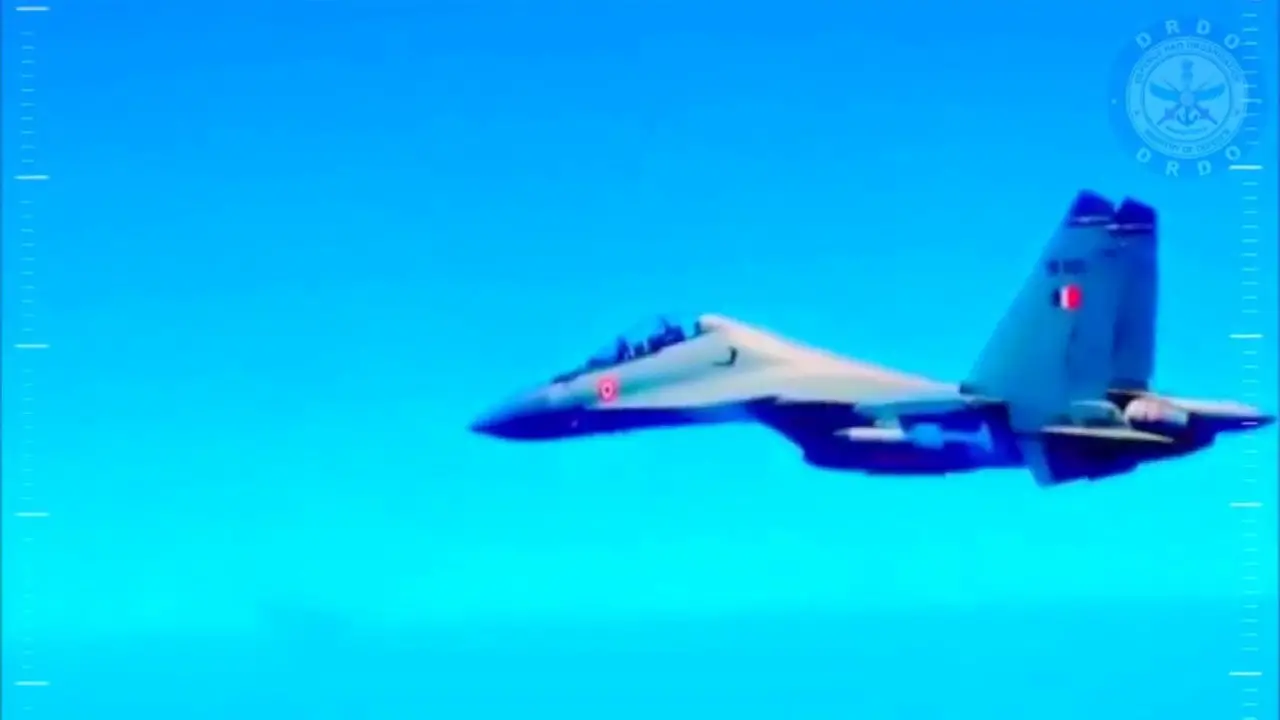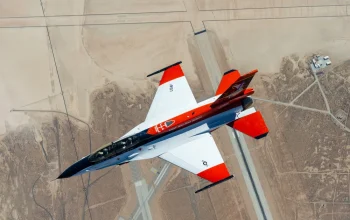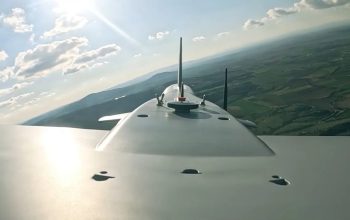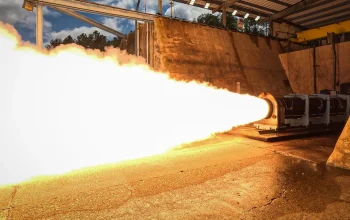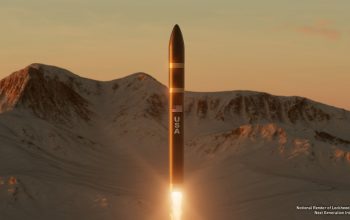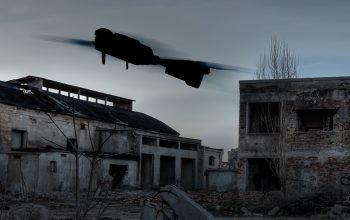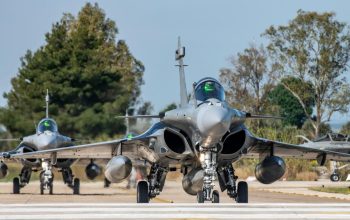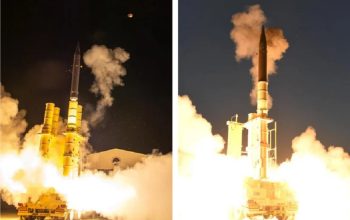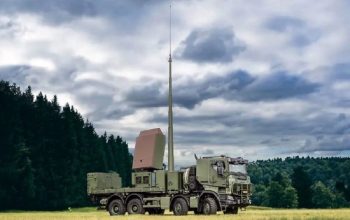Astra is India’s first beyond-visual-range (BVR) air-to-air missile indigenously designed and developed by Defence Research and Development Organisation (DRDO). It is the first air-to-air missile developed by India. It features mid-course inertial guidance with terminal active radar homing. Astra is designed to be capable of engaging targets at varying range and altitudes allowing for engagement of both short-range targets at a distance of 20 km and long-range targets up to a distance of 80 km. Astra was planned to equip the Indian Air force’s Su-30MKI and Mirage 2000 multi-role combat fighters, and MiG-29 and MiG-21 Bison fighter jet platforms, as well as the Indian Navy’s Sea Harrier jet fighter. It will also be integrated with the Tejas light combat aircraft (LCA), which is manufactured by Hindustan.
The Astra missile is developed as part of the Integrated Guided Missile Development Programme (IGMDP) of the Indian Ministry of Defence. DRDO carried out mission analysis, system design, simulation and post-flight analysis of the weapon system. Astra’s design resembles Matra Super 530D and Vympel R-77 in a few aspects. Astra is 3.6 metre long with a diameter of 178 millimetre and weighs 154 kilograms. It uses an inertial guidance system driven by a fibre optic gyroscope with terminal guidance through active radar homing. It is capable of receiving course corrections through a secure data link. The missile’s active radar seeker with a homing range of 25 km is supplied by Agat and will be manufactured locally. The seeker can lock-on to a target with a radar cross section of 5 square metres from a distance of 15 km and enables off-boresight launches up to an angle of 45°.
Astra is equipped with electronic counter-countermeasures to allow operation even during enemy attempts to jam the seeker using electronic countermeasures. It carries a 15 kilogram high-explosive pre-fragmented warhead activated by a proximity fuse. The Astra BVR air-to-air missile is powered by a smokeless, single stage, solid fuel propulsion system. It can intercept and destroy enemy targets with a launch speed between Mach 0.4 and Mach 2. Launch range and launch altitudes of the weapon system are 80km and 20km respectively. The missile can achieve 40 g turns near sea level while engaging a moving target. The maximum range is achieved when the missile launched from an altitude of 15 km. When it is fired from an altitude of eight km, the range drops to 44 km and when it is launched from sea level, the range drops further to 21 km. Astra’s low aspect-ratio wings allow it to engage manoeuvring targets up to a range of 80 km in head-on chase mode and 20 km in tail chase mode. It can be launched in both autonomous and buddy mode operation and can achieve lock-on on its target before or after it is launched.
Astra went through a series of ground tests from 2003 till 2012 in three different configurations to validate the airframe, propulsion system, control system, dual mode guidance and night firing capability. Carriage trials were carried out in 2009 and 2013 on a Sukhoi Su-30MKI. In May 2014, it was fired for the first time in air. On 18 March 2016, the missile was fired in public during Iron Fist 2016 exercise from a Sukhoi Su-30MKI. During a series of seven tests in September 2017, Astra was tested twice with an indigenous seeker. Limited series production of Astra missiles began in 2017.
